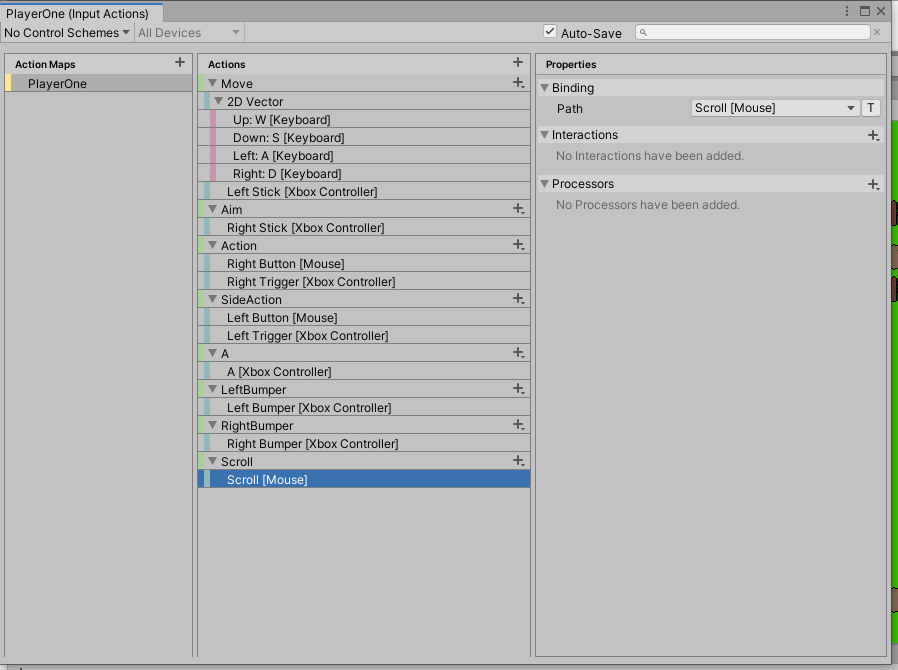
It can adjust the height to fit the width or vice versa, or it can make the element fit inside its parent or envelope its parent. The Aspect Ratio Fitter functions as a layout controller that controls the size of its own layout element. See the reference page for Content Size Fitter for more information. If you set either the Horizontal Fit or Vertical Fit to Preferred, the Rect Transform will adjust its width and/or height to fit the Text content. The simplest way to see the auto layout system in action is to add a Content Size Fitter component to a Game Object with a Text component. The Content Size Fitter functions as a layout controller that controls the size of its own layout element. A layout controller may control its own layout element (the same Game Object it is on itself) or it may control child layout elements.Ī component that functions as a layout controller may also itself function as a layout element at the same time. Layout controllers are components that control the sizes and possibly positions of one or more layout elements, meaning Game Objects with Rect Transforms on. See the reference page for Layout Element for more information. Enable the checkbox for a property you want to override and then specify the value you want to override with. The Layout Element component lets you override the values for one or more of the layout properties. If you want to override the minimum, preferred, or flexible size, you can do that by adding a Layout Element component to the Game Object. They change the preferred width and height to match the sprite or text content. The Image and Text components are two examples of components that provide layout element properties. Certain components will change these layout properties when added to the Game Object. They will by default have minimum, preferred, and flexible sizes of 0. If there is additional available space, flexible size is allocated.Īny Game Object with a Rect Transform on it can function as a layout element.If there is sufficient available space, preferred sizes are allocated.The basic principles for how layout elements in a layout group are sized is as follows: Layout elements don’t directly set their own size, but other components that function as layout controllers can use the information they provide in order to calculate a size to use for them.Ī layout element has properties that defines its own:Įxamples of layout controller components that use the information provided by layout elements are Content Size Fitter and the various Layout Group components. The layout element has certain knowledge about which size it should have. A layout element is an Game Object with a Rect Transform and optionally other components as well. The auto layout system is based on a concept of layout elements and layout controllers. It can optionally be used on some or all elements. The auto layout system is a system built on top of the basic Rect Transform layout system.
UNITY SET VOLUME SCROLL TO CURRENT PLUS
For example a button can be dynamically resized to exactly fit its text content plus some padding. It also allows elements to automatically be sized accoring to the contained content. The auto layout system provides ways to place elements in nested layout groups such as horizontal groups, vertical groups, or grids.



However, sometimes something a bit more structured can be needed. I have tried using a coroutine and waitForEndFrame aswell as waitforseconds(1), but none seem to work.Įdit: when loading up Unity and sending new messages to the scrollview, I see the scrollbar go all the way down and then really quickly move up just a bit hiding the new text object.The Rect Transform layout system is flexible enough to handle a lot of different types of layouts and it also allows placing elements in a complete freeform fashion. In the Gyazo picture you can see how it doesn't scroll all the way down.
UNITY SET VOLUME SCROLL TO CURRENT CODE
In the code I am setting the value at the end of the function, but still sets the value of the scrollbar to 0 (properly moving the scrollview to the bottom) before the object is created. Sets the content of the text and parent Text textComponent = messagePrefab.GetComponent() GameObject messagePrefab = Instantiate(MessagePrefab) Private GameObject GenerateTextObject(string content) My problem is that for some reason the program is setting the value to 0 and then creating the text object, so it keeps the 2nd newest object at the bottom of the scrollview. This way the newest object would always remain at the bottom without needing to scroll down (think of the chat of a video game for example). I just wanted to set the value of the scrollbar of my scrollview object to 0 every time a new text object is created.


 0 kommentar(er)
0 kommentar(er)
